If you do a quick Google search for ‘Leopard Country’, you’ll be surprised when the result is not the name of a ‘country’ on the map, but instead a small region in western Rajasthan.
The hills of Jawai in the state’s Pali district are home to a , thus earning the area this moniker. The ode will seem fitting as you scroll through the scenic images that accompany the search results. The outlining caves of Jawai are an idyllic home for the wild cats.
But interspersed among these pictures — some that showcase a leopard sitting idly, others that capture it taking a stroll — you’ll notice a few surprising shots. One that caught my eye was a leopard in close quarters with a lone man herding his cattle.
For a country that wakes up to gory attacking and mauling unfortunate humans, the sight is startling. A quick research spree led me to discover that these men were members of the Rabari community that moved to India from Iran a thousand years ago.
The men are distinguished by their attire — a red turban worn on the head with a white shirt that is tied in knots with strings. The look is completed with a floral print towel over their shoulder and shoes whose ends curl upwards. But the attire is not the only thing this nomadic pastoral community is famous for. They are also highly regarded for their harmonious relationship with the indigenous leopards.
As you will be well aware, and attacks have become increasingly common across the country. An article in The New Indian Express mentions that between January 2000 and December 2023, a total of 551 fatal attacks were recorded.
How then is the Rabari community managing to peacefully co-exist with the spotted wild cats? How do they go about their daily affairs without fear, in a region where the odds of crossing paths with the animal are at an all-time high?
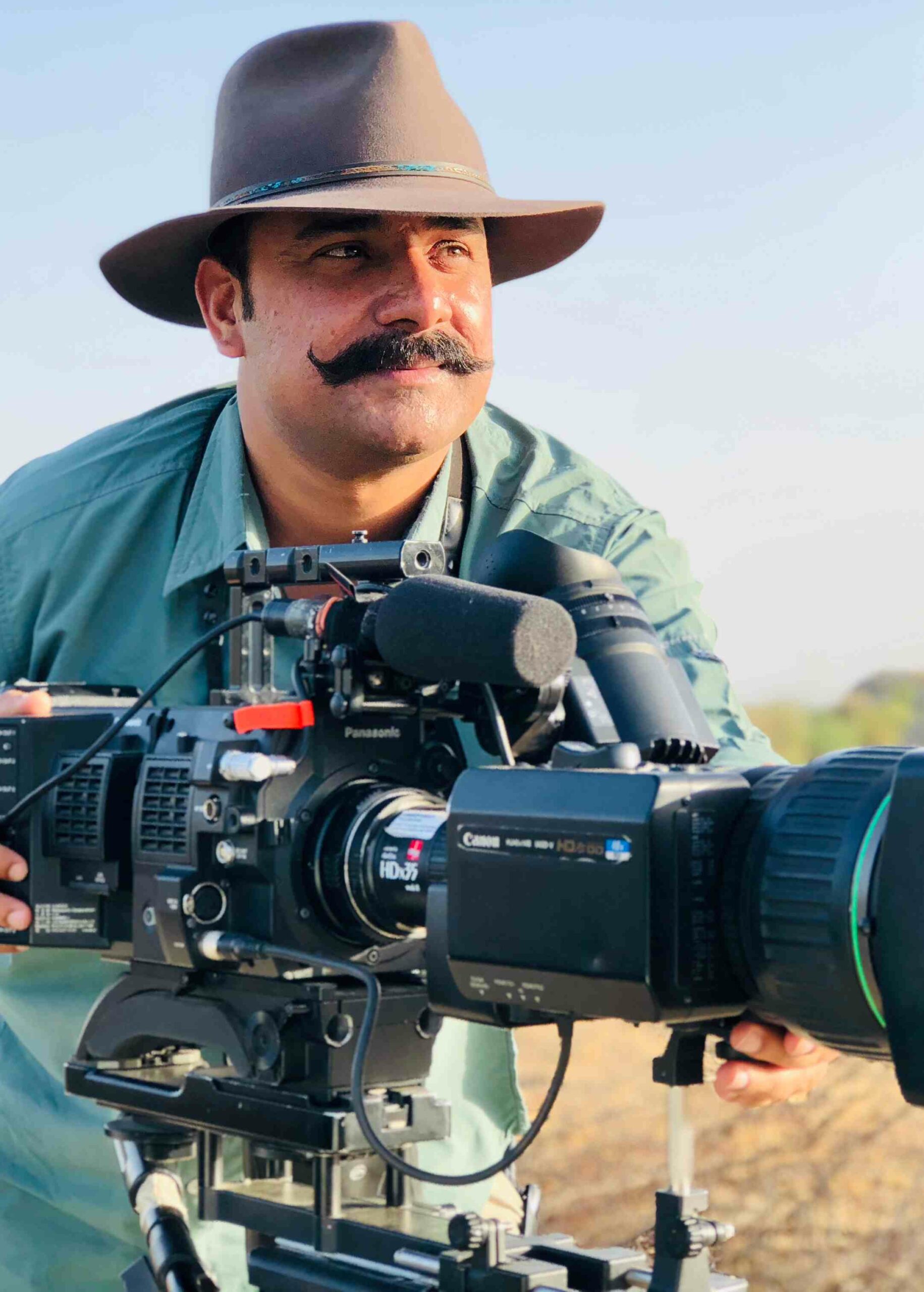
Shatrunjay Pratap Singh is a filmmaker and conservation in Bera, Rajasthan, Picture source: Singh
The answer lay in an article published by Vice. As it turns out, the community . Hartnaram, who is a Rabari herdsman’s son shared, “We don’t burst firecrackers during Diwali and refrain from playing loud music even during wedding processions so that it does not disturb the wild cats.”
A mutual respect, he said, was the recipe for the harmony. And seconding this thought is a conservationist Shatrunjay Pratap Singh from Jaipur.
Be certain that a leopard will not harm you if you are with a member of the Rabari community. This is their promise.
Once threatened to have their population depleted, they have. And as any local will tell you it is Singh behind this achievement. Now heading the Bera Safari Lodge, a boutique homestay in the Bera village of Jawai, Singh’s journey is not simply one of a man setting up a resort. Rather, it is a lesson in perseverance.
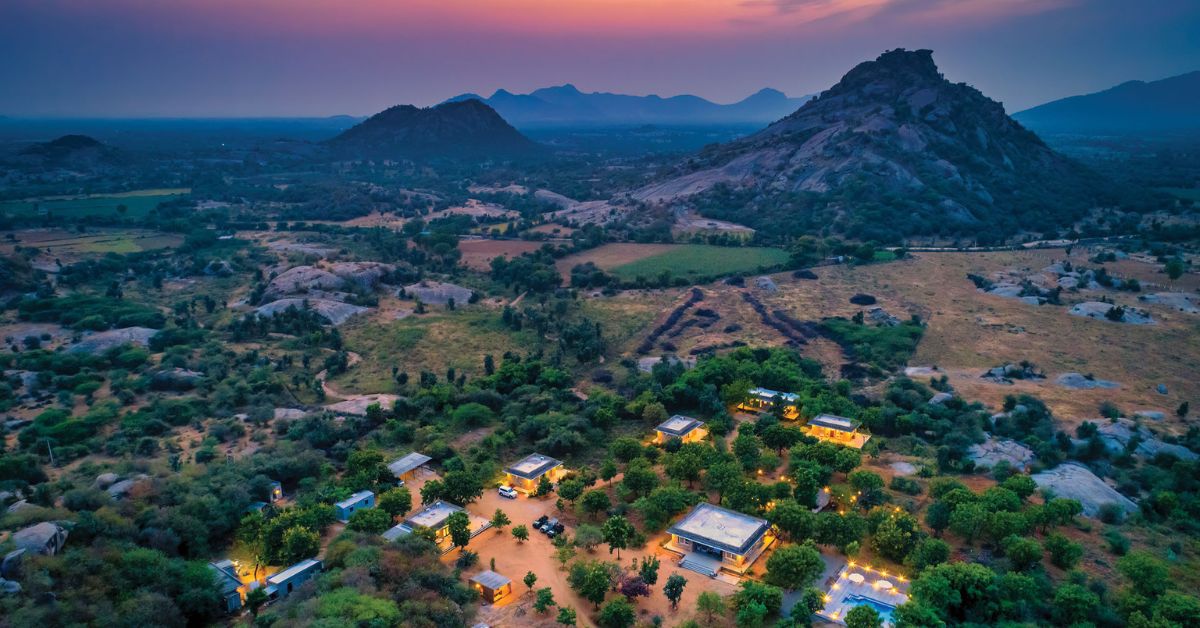
The Bera Safari Lodge in Jawai, Rajasthan is a sustainable property that believes being in harmony with nature and the wild, Picture source: Singh
In 2013, Singh was on vacation at his ancestral farmland in Pindwara, 20 km from Bera. One afternoon, while watching the leopards — a passion he had developed ever since nature walks during his boarding school days at St Mary’s in Mount Abu — he heard a blast. “I enquired with the locals about the source of the blast and learnt that the Government had allotted nine mines in the area,” he shares, adding that further probing revealed 144 mines were in the pipeline.
If these blasts and loud noises continued for mining purposes, the would be destroyed.
Singh, along with a few locals, and with the help and support of the Rajasthan Forest Department led by then DFO (Divisional Forest Officer) of Pali — IFS Balaji Kari — put their heads together in an attempt to stop this from snowballing into a catastrophe. But as they would soon discover, it wasn’t that easy.
Singh spent the majority of three years having countless meetings with government officials, bureaucrats and ministers where he convinced the room that Jawai was the natural habitat of leopards, and that the area housed tremendous tourism potential. In 2014, the Government gave a premature termination notice to all the mines. The activity was soon discontinued.
Singh, who had quit a lucrative job in winemaking to turn his attention to the matter, now had . He envisioned that the land that he had fought so hard to protect would now be a safe haven for the leopards and those who loved them.
Today, the Bera Safari Lodge stands on eight acres of land and is a gold standard in how luxury does not need to be at the cost of nature.
Singh, who is now at the helm of a successful boutique lodge, recalls his early days of renting out a room in his driver’s home. “This was at the same time that I was fighting against the mining in the area. I had to stay on-site, so I lived with my driver who was a local in Bera.”
This was followed by a lot of criticism. “People used to make fun of me saying that I was living with my driver. But someone had to fight the mining project and I was very passionate about it. was very clear. I thought, if nobody does it, I’m doing it.”
Another observation on Singh’s part has been the attitude of the locals towards the leopards. Once frightened about leopard attacks, he says the locals (aside from the Rabari community) would poison the beasts. “But today, due to the tourism model in Bera, every villager is directly or indirectly associated with it. Since a majority of the tourism here is safaris to see the leopard, they understand how important the animal is for their welfare. Today, .”
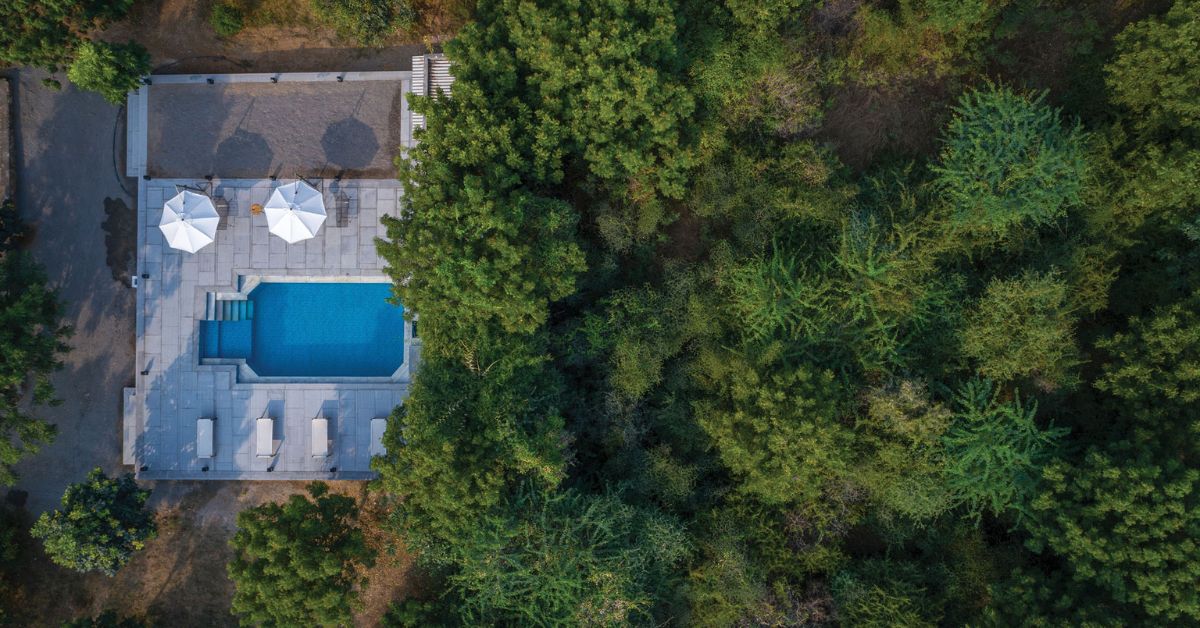
The Bera Safari Lodge has seven eco friendly cottages where people can stay along with safaris where guests can enjoy spotting the leopards and hyenas in the wild, Picture source: Singh
Singh, himself is fond of the wild cats. Calling himself a filmmaker conservationist, he lists the documentaries that he has covered featuring the wild, elaborates on a book ‘Leopards & Shepherds of JAWAI’ that he co-authored, and casually mentions he was the cameraman on National Geographic’s special programme ‘Wild Cats of India’.
These stints are illustrious. But ask him what he holds most dear to himself, and he says it is the memory of his first . “Her name was Zara and she wasn’t shy to be photographed at all,” he smiles. “She used to come really close.”
Fear was the last thing on Singh’s mind. He understood the wild and it understood him back.
And it is these learnings that he shares with his guests on the safari rides at Bera Safari Lodge. He urges people to revel in the beauty of watching leopards and humans live together here but cautions that this is not a national park. “You’ll see how wonderful it is,” he says adding that in over decades there has been zero human-animal conflict.
Through the years when Singh wasn’t documenting , he was building his dream homestay that started with three rooms and has now grown to seven.
The stone construction is a paradise and is managed by staff from the region. The produce too is sourced from the village, and thus, Singh notes how they are part of the economy supporting local people. “Our main motto is: We don’t sell rooms, we sell experiences here,” Singh emphasises going on to add that their no TV policy is an extension of this. “We want guests to be outside the room and enjoy nature.”
And there is a lot of to be enjoyed. Sloth bears, hyenas, chinkaras, and various migratory bird species are what you’ll be spotting through your binoculars. Compliment Singh on the paradise he has created and the iconic journey he has had, and he smiles, “It is simply my love for the wild that got me all the way here.”
The pictures he has captured are as compelling as the journey. Here are some of them:

The leopards of Jawai as captured by Shatrunjay Pratap Singh, Picture source: Singh
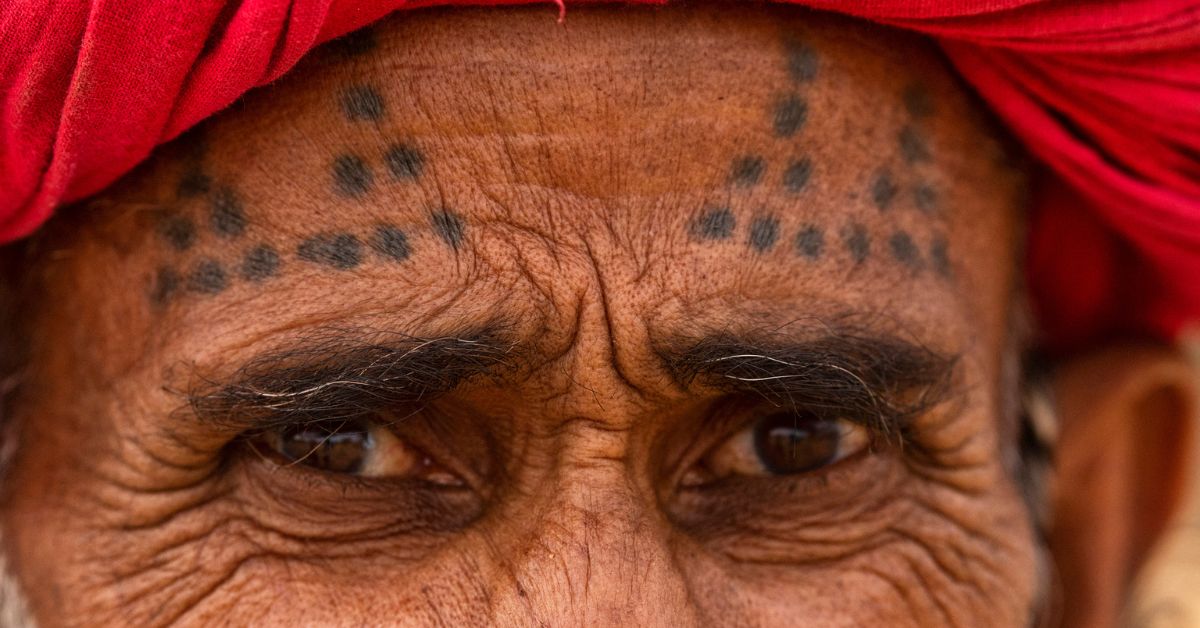
The members of the Rabari community are distinguished by their attire, Picture source: Singh
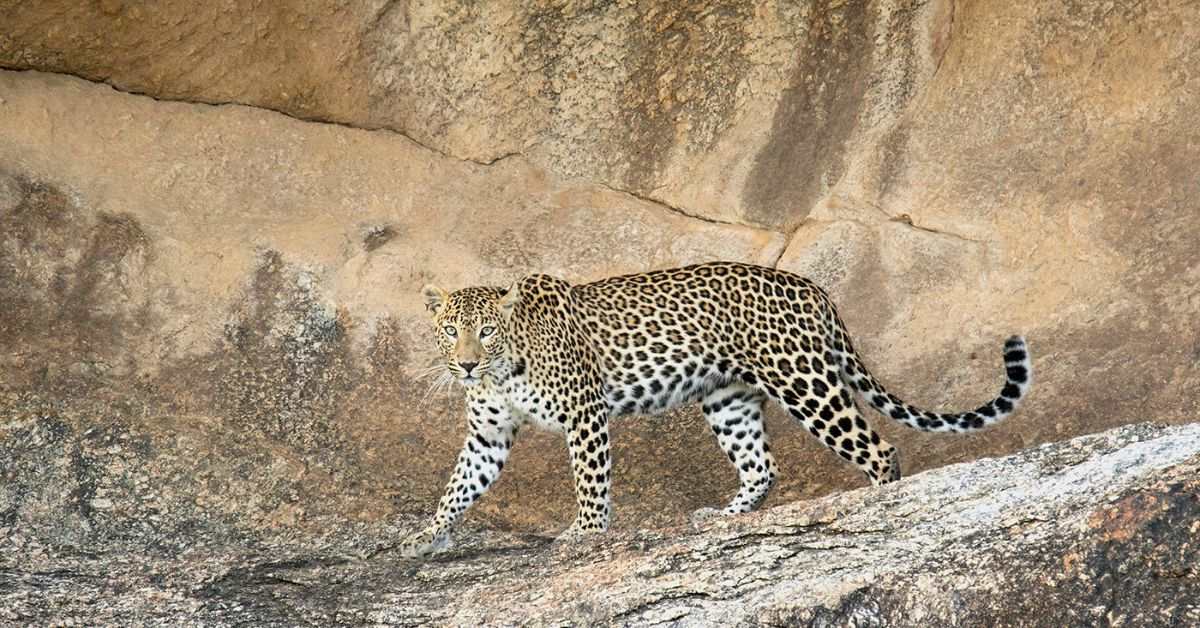
The leopards live in harmony with the people of Jawai and human-animal conflicts have reduced over the years, Picture source: Singh
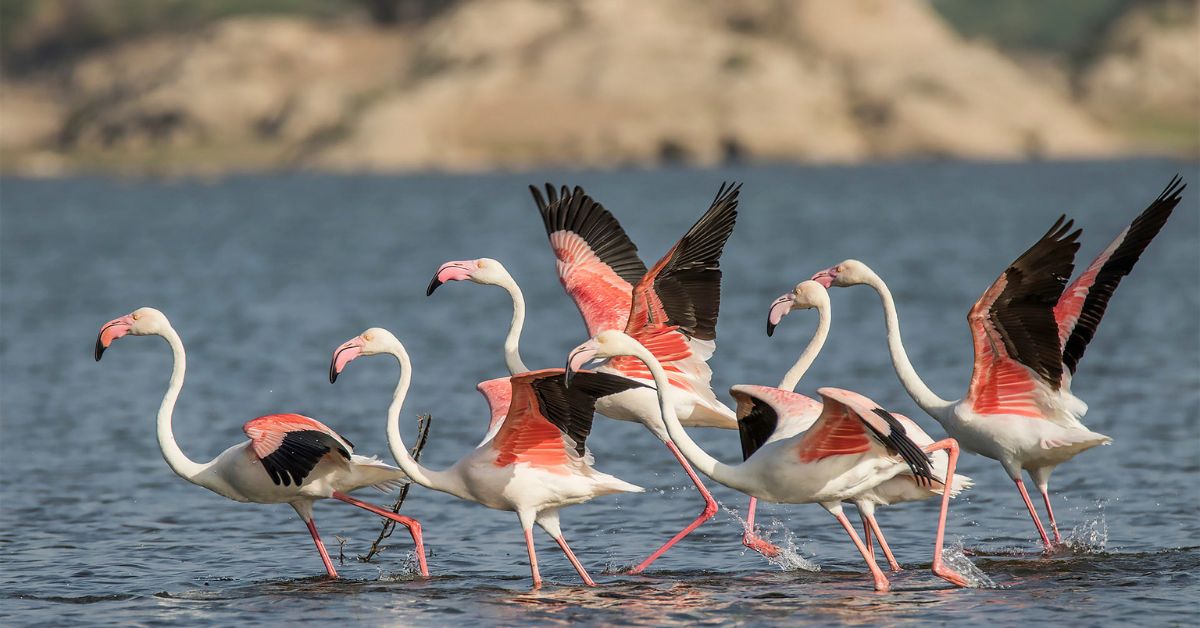
Guests can spot flamingoes among many other migratory birds during the safari in Bera, Picture source: Singh
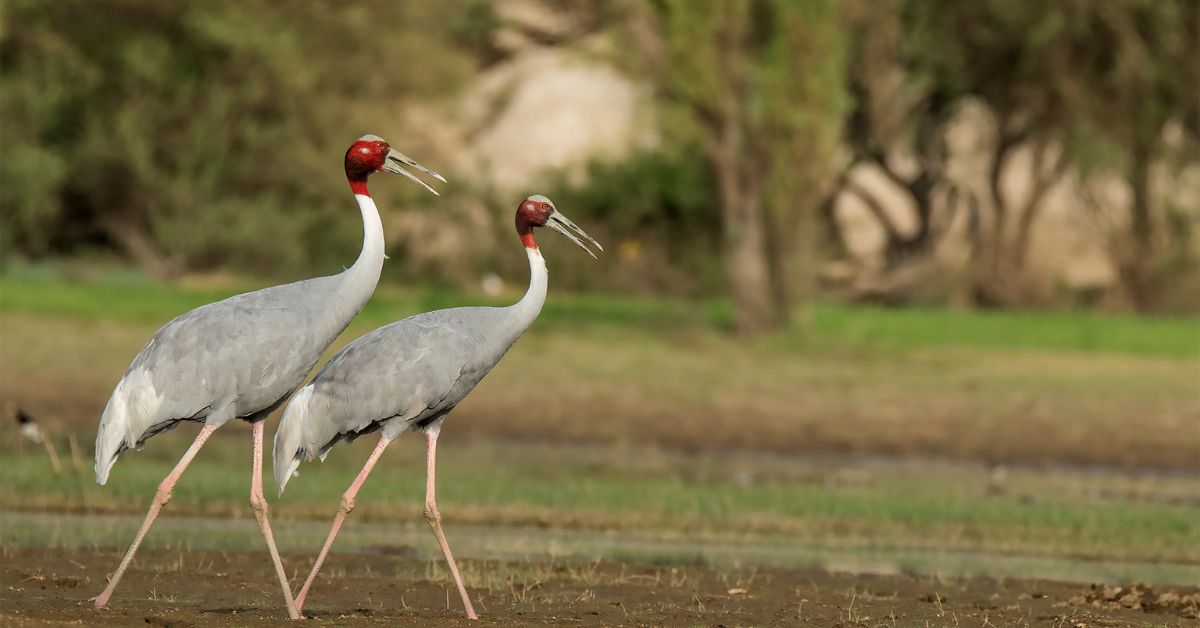
The sarus crane is the tallest flying bird in the world and can be spotted in Bera, Picture source: Singh
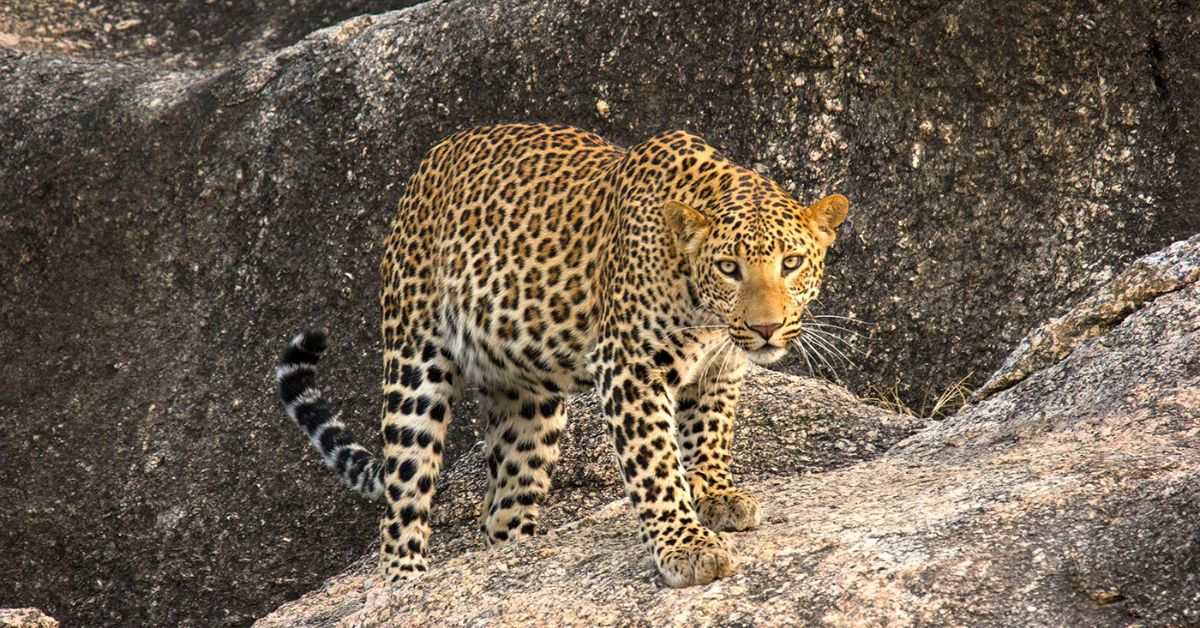
The leopards can be spotted during the safari that is offered at the Bera Safari Lodge, Picture source: Singh
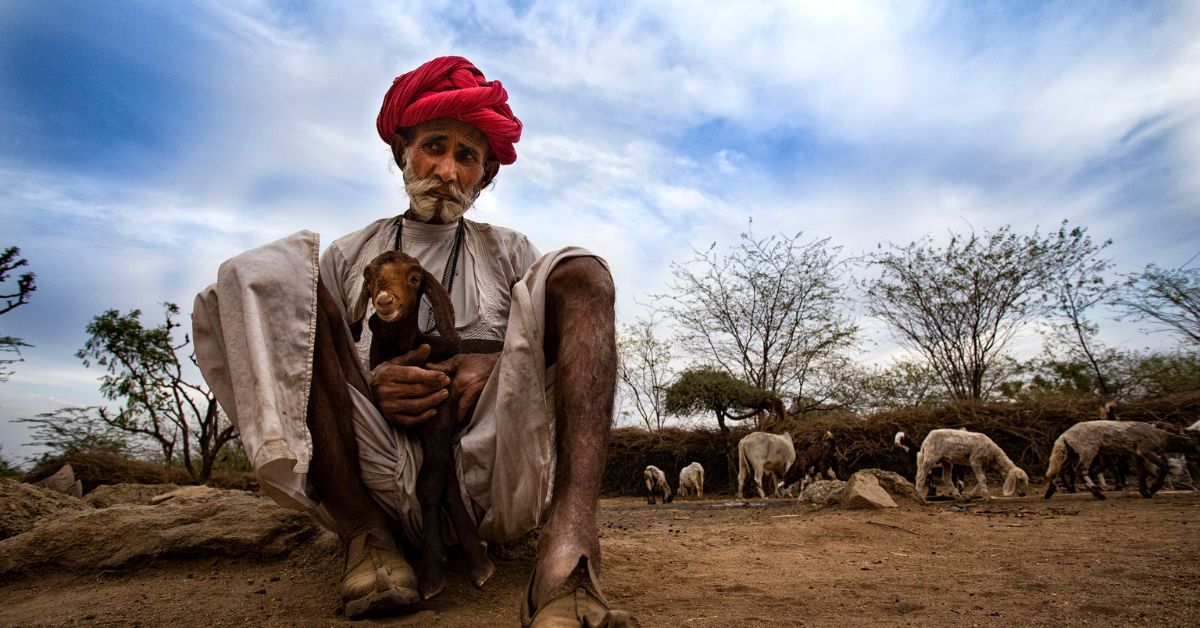
The Rabari community migrated to India from Iran a thousand years ago, Picture source: Singh

Shatrunjay has worked extensively on documentaries and a book that highlights the relationship of harmony that people in Bera share with the leopards, Picture source: Singh
Edited by Pranita Bhat
The hills of Jawai in the state’s Pali district are home to a , thus earning the area this moniker. The ode will seem fitting as you scroll through the scenic images that accompany the search results. The outlining caves of Jawai are an idyllic home for the wild cats.
But interspersed among these pictures — some that showcase a leopard sitting idly, others that capture it taking a stroll — you’ll notice a few surprising shots. One that caught my eye was a leopard in close quarters with a lone man herding his cattle.
For a country that wakes up to gory attacking and mauling unfortunate humans, the sight is startling. A quick research spree led me to discover that these men were members of the Rabari community that moved to India from Iran a thousand years ago.
The men are distinguished by their attire — a red turban worn on the head with a white shirt that is tied in knots with strings. The look is completed with a floral print towel over their shoulder and shoes whose ends curl upwards. But the attire is not the only thing this nomadic pastoral community is famous for. They are also highly regarded for their harmonious relationship with the indigenous leopards.
As you will be well aware, and attacks have become increasingly common across the country. An article in The New Indian Express mentions that between January 2000 and December 2023, a total of 551 fatal attacks were recorded.
How then is the Rabari community managing to peacefully co-exist with the spotted wild cats? How do they go about their daily affairs without fear, in a region where the odds of crossing paths with the animal are at an all-time high?

Shatrunjay Pratap Singh is a filmmaker and conservation in Bera, Rajasthan, Picture source: Singh
The answer lay in an article published by Vice. As it turns out, the community . Hartnaram, who is a Rabari herdsman’s son shared, “We don’t burst firecrackers during Diwali and refrain from playing loud music even during wedding processions so that it does not disturb the wild cats.”
A mutual respect, he said, was the recipe for the harmony. And seconding this thought is a conservationist Shatrunjay Pratap Singh from Jaipur.
The call of the wilderness
Be certain that a leopard will not harm you if you are with a member of the Rabari community. This is their promise.
Once threatened to have their population depleted, they have. And as any local will tell you it is Singh behind this achievement. Now heading the Bera Safari Lodge, a boutique homestay in the Bera village of Jawai, Singh’s journey is not simply one of a man setting up a resort. Rather, it is a lesson in perseverance.

The Bera Safari Lodge in Jawai, Rajasthan is a sustainable property that believes being in harmony with nature and the wild, Picture source: Singh
In 2013, Singh was on vacation at his ancestral farmland in Pindwara, 20 km from Bera. One afternoon, while watching the leopards — a passion he had developed ever since nature walks during his boarding school days at St Mary’s in Mount Abu — he heard a blast. “I enquired with the locals about the source of the blast and learnt that the Government had allotted nine mines in the area,” he shares, adding that further probing revealed 144 mines were in the pipeline.
If these blasts and loud noises continued for mining purposes, the would be destroyed.
Singh, along with a few locals, and with the help and support of the Rajasthan Forest Department led by then DFO (Divisional Forest Officer) of Pali — IFS Balaji Kari — put their heads together in an attempt to stop this from snowballing into a catastrophe. But as they would soon discover, it wasn’t that easy.
Singh spent the majority of three years having countless meetings with government officials, bureaucrats and ministers where he convinced the room that Jawai was the natural habitat of leopards, and that the area housed tremendous tourism potential. In 2014, the Government gave a premature termination notice to all the mines. The activity was soon discontinued.
Singh, who had quit a lucrative job in winemaking to turn his attention to the matter, now had . He envisioned that the land that he had fought so hard to protect would now be a safe haven for the leopards and those who loved them.
Today, the Bera Safari Lodge stands on eight acres of land and is a gold standard in how luxury does not need to be at the cost of nature.
A success story in conservation
Singh, who is now at the helm of a successful boutique lodge, recalls his early days of renting out a room in his driver’s home. “This was at the same time that I was fighting against the mining in the area. I had to stay on-site, so I lived with my driver who was a local in Bera.”
This was followed by a lot of criticism. “People used to make fun of me saying that I was living with my driver. But someone had to fight the mining project and I was very passionate about it. was very clear. I thought, if nobody does it, I’m doing it.”
Another observation on Singh’s part has been the attitude of the locals towards the leopards. Once frightened about leopard attacks, he says the locals (aside from the Rabari community) would poison the beasts. “But today, due to the tourism model in Bera, every villager is directly or indirectly associated with it. Since a majority of the tourism here is safaris to see the leopard, they understand how important the animal is for their welfare. Today, .”

The Bera Safari Lodge has seven eco friendly cottages where people can stay along with safaris where guests can enjoy spotting the leopards and hyenas in the wild, Picture source: Singh
Singh, himself is fond of the wild cats. Calling himself a filmmaker conservationist, he lists the documentaries that he has covered featuring the wild, elaborates on a book ‘Leopards & Shepherds of JAWAI’ that he co-authored, and casually mentions he was the cameraman on National Geographic’s special programme ‘Wild Cats of India’.
These stints are illustrious. But ask him what he holds most dear to himself, and he says it is the memory of his first . “Her name was Zara and she wasn’t shy to be photographed at all,” he smiles. “She used to come really close.”
Fear was the last thing on Singh’s mind. He understood the wild and it understood him back.
And it is these learnings that he shares with his guests on the safari rides at Bera Safari Lodge. He urges people to revel in the beauty of watching leopards and humans live together here but cautions that this is not a national park. “You’ll see how wonderful it is,” he says adding that in over decades there has been zero human-animal conflict.
Through the years when Singh wasn’t documenting , he was building his dream homestay that started with three rooms and has now grown to seven.
The stone construction is a paradise and is managed by staff from the region. The produce too is sourced from the village, and thus, Singh notes how they are part of the economy supporting local people. “Our main motto is: We don’t sell rooms, we sell experiences here,” Singh emphasises going on to add that their no TV policy is an extension of this. “We want guests to be outside the room and enjoy nature.”
And there is a lot of to be enjoyed. Sloth bears, hyenas, chinkaras, and various migratory bird species are what you’ll be spotting through your binoculars. Compliment Singh on the paradise he has created and the iconic journey he has had, and he smiles, “It is simply my love for the wild that got me all the way here.”
The pictures he has captured are as compelling as the journey. Here are some of them:

The leopards of Jawai as captured by Shatrunjay Pratap Singh, Picture source: Singh

The members of the Rabari community are distinguished by their attire, Picture source: Singh

The leopards live in harmony with the people of Jawai and human-animal conflicts have reduced over the years, Picture source: Singh

Guests can spot flamingoes among many other migratory birds during the safari in Bera, Picture source: Singh

The sarus crane is the tallest flying bird in the world and can be spotted in Bera, Picture source: Singh

The leopards can be spotted during the safari that is offered at the Bera Safari Lodge, Picture source: Singh

The Rabari community migrated to India from Iran a thousand years ago, Picture source: Singh

Shatrunjay has worked extensively on documentaries and a book that highlights the relationship of harmony that people in Bera share with the leopards, Picture source: Singh
Edited by Pranita Bhat
